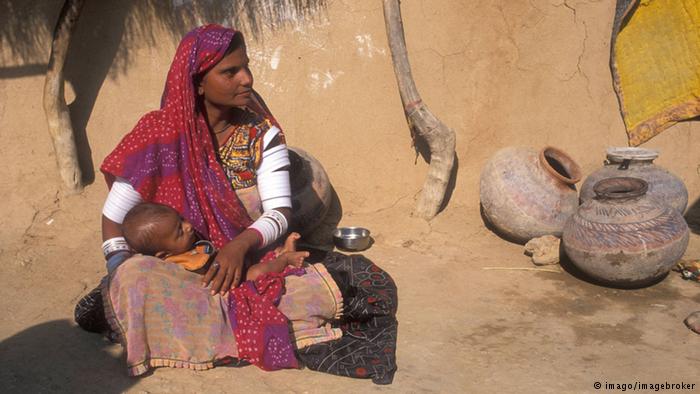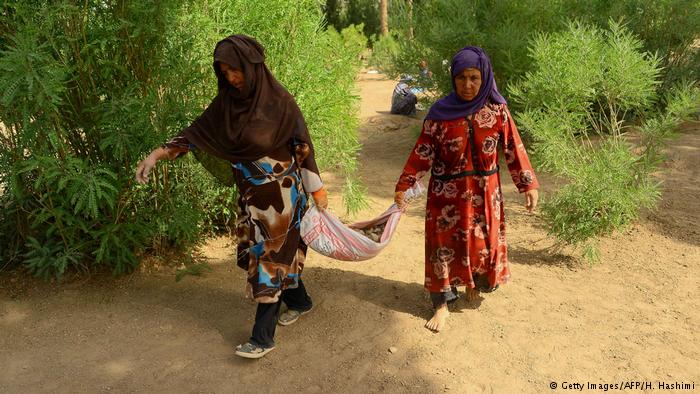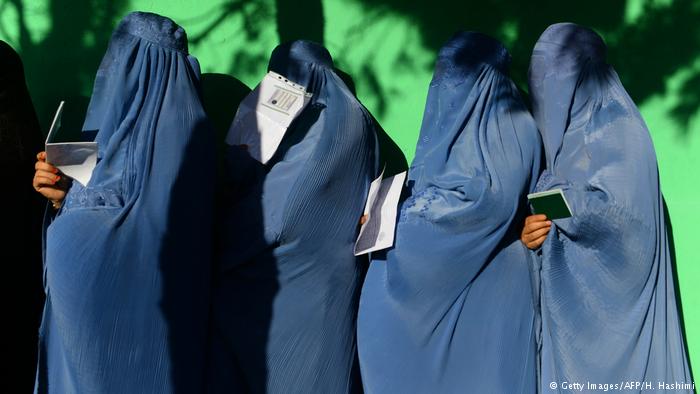Mother’s Day – Not always a cause for celebration
The second Sunday in May is Mother’s Day in many countries. The feminist Ann Jarvis initiated it in the US in 1907 to honor her mother. But being a mom is a risk for many women all over the world.
Motherhood: not a safe job
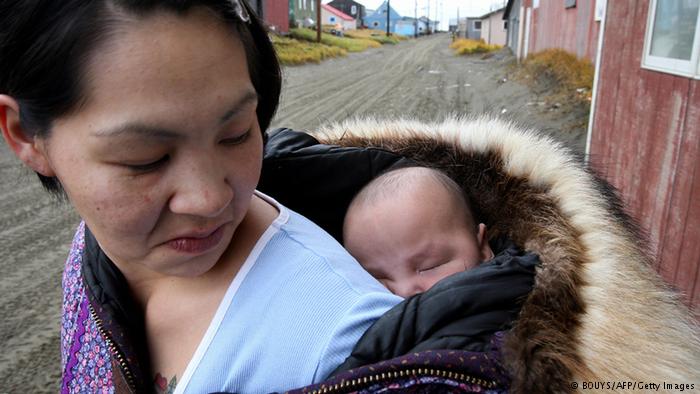
Once a year, children say ‘thanks, mom.’ On the second Sunday in May, mothers in many countries are pampered with presents, flowers, or breakfast in bed to celebrate Mothers Day. But what looks idyllic in this shot of a Native-American mother and her baby in Alaska presents a risk for mothers all over the world. The first 24 hours after giving birth are the most dangerous and many women die.
Disaster state: Democratic Republic of the Congo
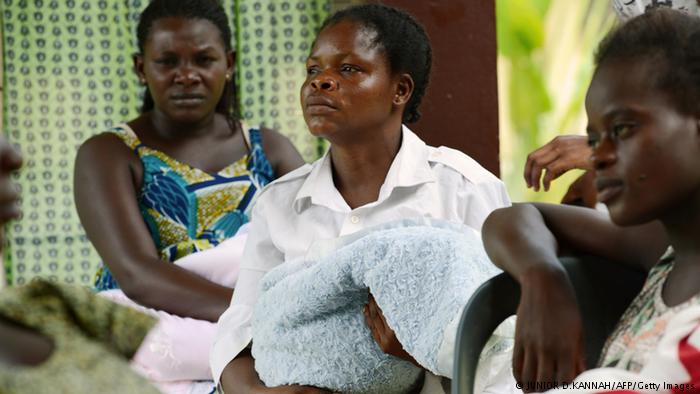
Mothers have it the hardest in the Democratic Republic of the Congo. A study by NGO Save the Children looked at income and education, health and social status of women all over the world. The central African nation came in on place 178 out of 179 countries (Mother’s Index 2015). Roughly one out of 30 women dies giving birth, or shortly thereafter. The average life expectancy is 52 years.
Poor and badly educated
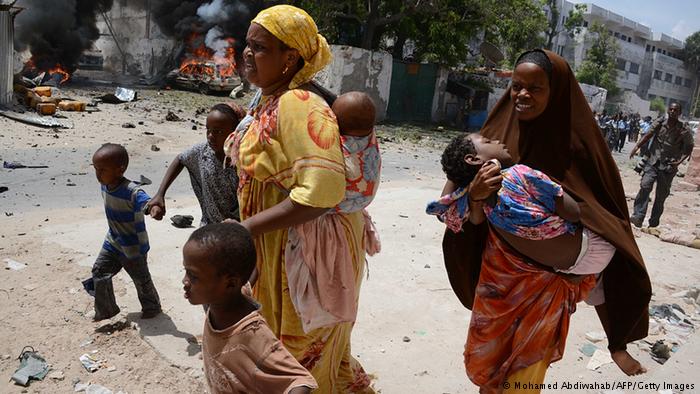
Riots and famines in the East African state of Somalia have put the country in the last place in Save the Children’s “Mothers Index 2015.” Other decisive factors in the ranking were the high mortality rate for mothers, low-quality education and low social status of women. Activists have been fighting the wide-spread genital mutilation of girls for years.
Many African countries have to improve
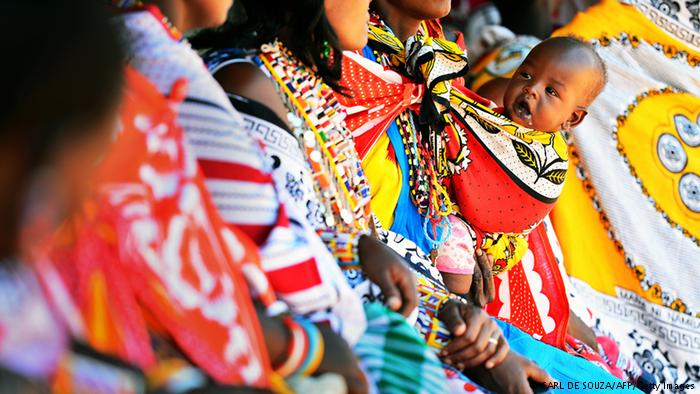
Sad record: the bottom ten spots in the Mothers Index are all occupied by African nations. Among them are Mali, Sierra Leone, the Central African Republic, Chad and Ivory Coast. In Kenya, mothers, like this Maasai woman, are luckier. A bit of progress: in the most recent elections, some of the seats in parliament were reserved for women.
Progress in Afghanistan
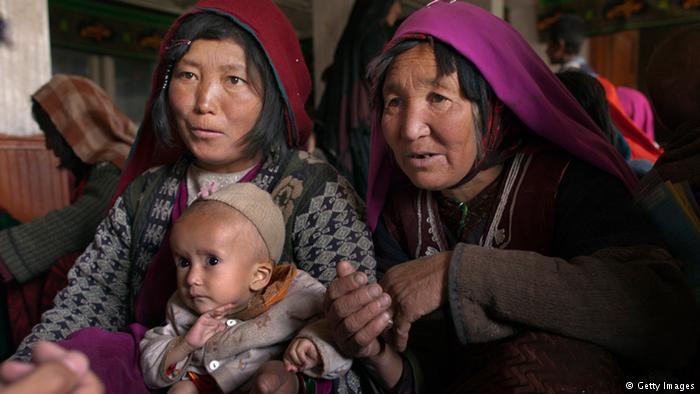
Attacks in Afghanistan regularly make the news. Less attention is paid to the dangerous situation of mothers. Improved health care has catapulted the central Asian nation from last place to 152, but still only 14 percent of mothers give birth with a midwife by their side.
Deadly combination of malnutrition and illness
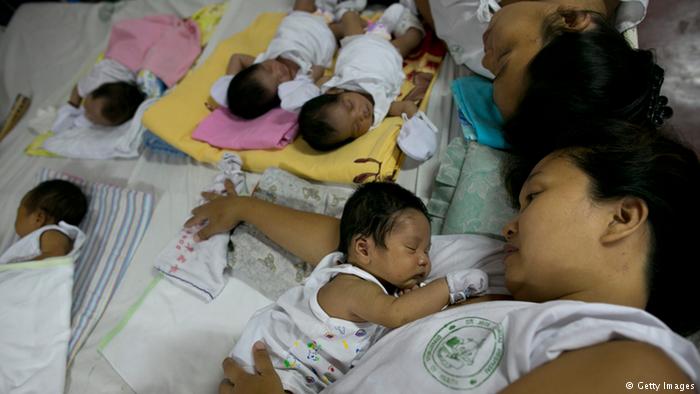
“During childbirth, the woman has one foot in the grave,” a Filipino proverb says. The sad truth is that in the Philippines, around 4,600 women die every year in child birth. The main causes of death are bleeding, malnutrition combined with illnesses like malaria or HIV/Aids, hypertension and poisoning.
The urban-rural divide in China
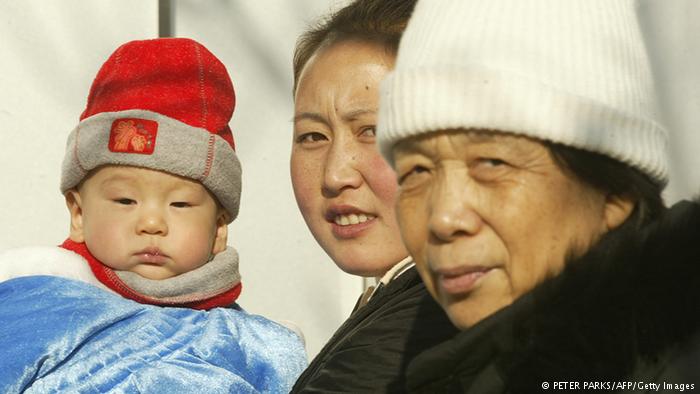
Globally, mortality rates for mothers have decreased by 50 percent since 1990. China, too, has made enormous progress. The People’s Republic, with its one-child-policy, places 61st in the Mothers Index 2015. But access to education and medical care improved mostly for women in large cities, like Beijing and Shanghai. Hardly anything has changed for women living in rural areas.
USA: high infant mortality rate
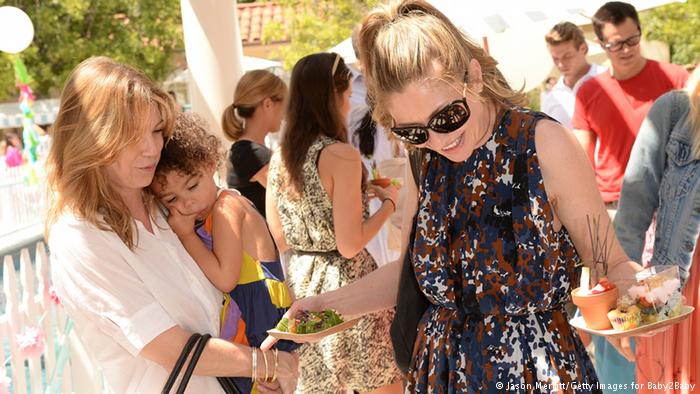
The Save the Children study also looks at the situation of newborns and has happened upon an unexpected result: no other industrial nation has a higher infant mortality rate on the baby’s first day than the US. Around 11,300 babies a year don’t survive this critical phase. That is 50 percent more than in all other industrial countries combined.
Germany is moving up
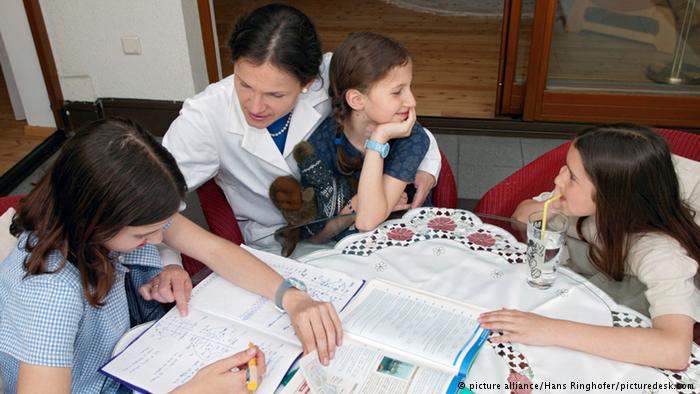
The situation of mothers in Germany is steadily improving. In education, income and health, Germany is now ranked in 8th place – compared to 12th place in the last index. But having children is still not very popular. The birth rate is 1.36 children per woman, according to the Federal Statistics Office – much lower than in most other Western countries.
The winner
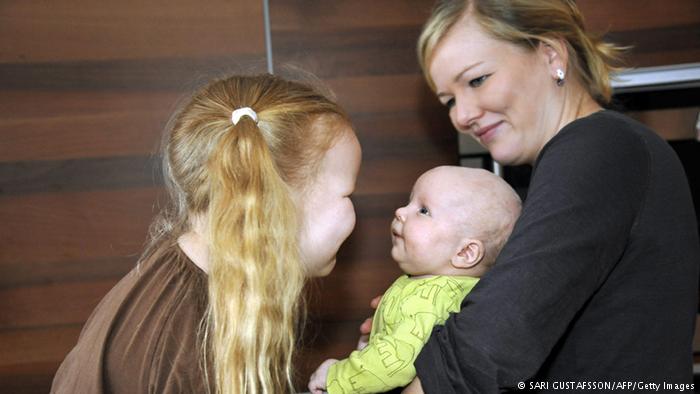
Nowhere in the world are mothers doing as well as in Norway. The Northern European country took first place in the Save the Children study. The recipe for success: a well-financed health care system, generous support from the state and full-day childcare. New mothers even get a baby-care-package with everything the new family needs in the first weeks.
Author: Stephanie Höppner



